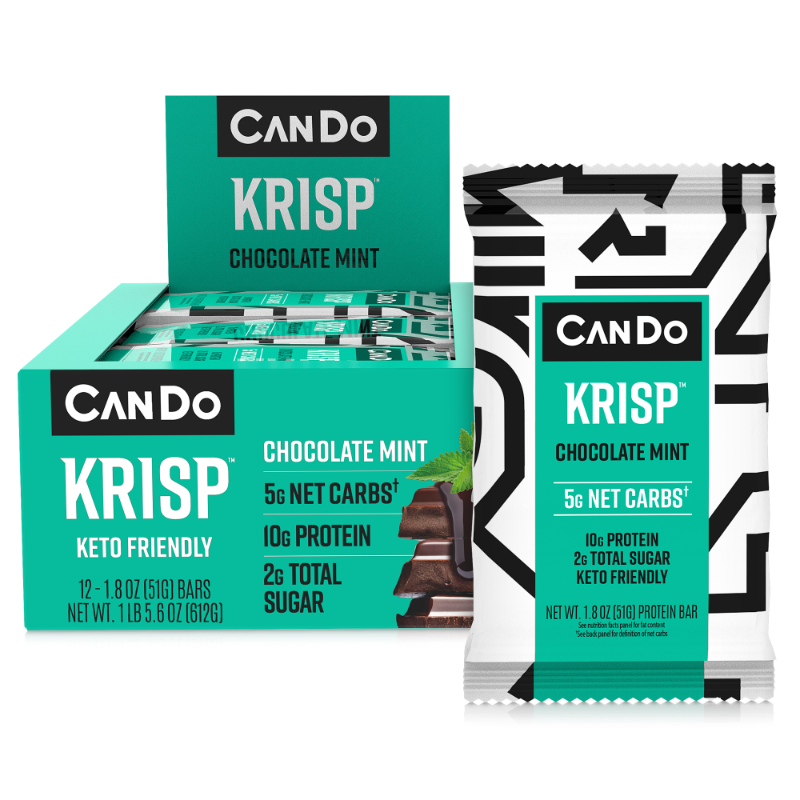
The Best Plant Based Sources of Protein

If you want to build muscle and bulk up, you have to eat tons of meat, right?
Not at all! While meat can give you lots of protein at once, plenty of plant-based alternatives exist. Although they are less dense in protein, they can still give you everything you need to enjoy a healthy diet.
Protein is an essential nutrient for all living things. It helps grow, repair, and maintain tissues. It is also helps produce many essential bodily compounds, including enzymes, hormones, and antibodies. So plants need protein just as much as animals do.
Despite the many benefits of plant-based protein, there are still misconceptions about its effectiveness and the variety of sources available. Some people believe that plant-based protein is less nutritious than animal-based protein, or that it is harder to get enough protein through a plant-based diet.
But this is not the case. There are many high-quality plant-based protein sources that provide all the essential amino acids you need. A varied plant-based diet with a variety of protein sources can easily meet protein needs and offer numerous other health benefits.
Good plant-based protein sources generally fall into a handful of categories:
- Legumes
- Grains
- Nuts and Seeds
- Vegetables
- Powders
Legumes
Legumes are the plants in the family Fabacae. This is a broad category that includes beans, lentils, chickpeas, and peanuts (which, by the way, are technically not nuts).
Legumes are an excellent source of plant-based protein. One cup of cooked beans can provide around 14 grams of protein, while a half-cup of lentils contains about 12 grams of protein.
Legumes are also high in fiber, which can help support digestive health and weight management. They can be easily added to soups, stews, salads, and rice dishes, or used as a base for dips and spreads.
Used in food, legumes can take on many different forms. For example, soybeans are legumes, which means that tofu is a legume-based food. And peanut butter, made from peanuts, is also a legume concoction.
Grains
A grain is technically just a small, hard, dry fruit. They are typically consumed as staple carbohydrates. Common examples include quinoa, oats, bulgur, and wild rice.
All natural grains contain ample protein. Quinoa is particularly protein rich, with one cup providing around 8 grams. Grains can be used in place of rice in dishes, added to soups and stews, or used as a base for grain bowls.
Nuts and Seeds
Nuts and seeds, such as almonds, chia seeds, hemp seeds, and pumpkin seeds, are another good source of plant-based protein. A quarter-cup of almonds contains around 6 grams of protein, while 100g of chia seeds has about 16.5 grams. Nuts and seeds can be added to salads, grain bowls, and yogurt, or used to make nut butter or seed spreads.
This source of protein is an excellent snack, and commonly found in convenience stores and gas stations everywhere. Next time you’re traveling, grab a bag of nuts and seeds to get a little protein boost.
Vegetables
While vegetables are not as high in protein as some of the other sources listed, they can still contribute to protein intake.
For example, 100g of broccoli contains around 3 grams of protein, while 100g of asparagus has about 2 grams.
Vegetables can be incorporated into meals as a side dish or added to soups, stews, and grain bowls for added protein.
Plant-based protein powders
This is a sort of “catch-all” class. Of course, plant-based protein powders are always made from one or more of the sources listed above. They are often made from pea protein, brown rice protein, and soy protein. But this is such a common and useful source of protein that it’s worth listing on its own.
Powders can be added to smoothies, oatmeal, or baked goods for an extra protein boost.
Conclusion: Protein On A Plant-Based
Diet Whether you are vegan, vegetarian, or just want to eat less meat, plant-based sources of protein can help. But how much do you have to eat?
Of course, the answer will vary depending on your unique needs and preferences. (We took a closer look at this question in another article).
But for now, consider the reasonable goal of 100g of protein per day. This could be achieved with:
- 1 cup of tofu (20 g)
- 100g peanuts (26 g)
- 3 cups of quinoa (24 g)
- 1 big protein smoothie (30 g)




